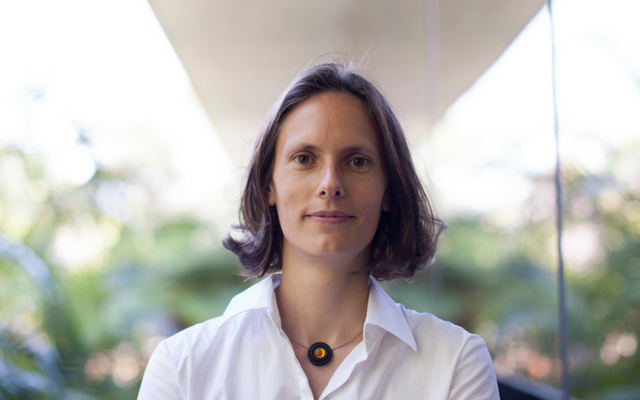A $1 million grant will enable fundamental research in 3D environments that closely mimic lifelike conditions via the bioprinting of 3D models of organs and tissues, bringing to life the vision of the late world-leading immunologist Katharina Gaus.
The ARC Linkage Infrastructure, Equipment and Facilities (LIEF) Grant will allow researchers at the University of New South Wales – where Scientia Professor Katharina Gaus led the EMBL Australia Single Molecule Science Centre – to develop infrastructure using Australian-made bioprinting machinery to create miniature replicas of organs and tissues and to access a new microscope to study the cells within these 3D structures.
The printed models will minimise the use of animals in research and enable the study of cell and tissue function under more lifelike conditions.
Associate Professor Kate Poole from UNSW Medicine & Health is leading the project, which involves a team of experienced imaging experts, including EMBL Australia group leader Dr Vaishnavi Ananthanarayanan.
“This equipment will further enhance the cutting-edge infrastructure within the Katharina Gaus Light Microscopy Unit, led by Dr Renee Whan, who was central to the success of the bid,” A/Prof Poole said.
“Initially conceived by Scientia Professor Justin Gooding and the late Scientia Professor Katharina Gaus, and further advanced by Dr Vaishnavi Ananthanarayanan, this grant will help extend Professor Gaus’ vision to obtain unprecedented insight into how cells function through cutting-edge imaging.”

Collaborators on the $1,009,078 project include: Associate Professor Kathryn Poole, Dr Renee Whan, Professor John Gooding, Associate Professor Kristopher Kilian, Dr Vaishnavi Ananthanarayanan, Professor Anthony Weiss, Associate Professor Filip Braet, Professor Scott Mueller, Dr Woei Ming Steve Lee, and Professor Killugudi Swaminatha-Iyer.
The project aims to combine the capabilities of a novel, Australian-made, 3D bioprinter with a multimodal optical scope with adaptive imaging correction (MOSAIC) to advance and accelerate 3D-model system research in Australia.
This project will capitalise on bioprinting and recent advances in fluorescence imaging technology, including lattice light-sheet imaging, multiphoton lasers and adaptive optics, to enable fundamental research in 3D environments, which closely mimic in vivo conditions.
Establishing this infrastructure will provide an acceleration of interdisciplinary research in cell biology, stem cell biology, mechanobiology and nanotechnology.
The Australian Research Council (ARC) LIEF scheme enables researchers to participate in cooperative initiatives so that expensive research infrastructure, equipment and facilities can be shared between higher education organisations and with industry.
ARC Chief Executive Officer, Judi Zielke, said the scheme provides funding for acquisition of key research equipment and infrastructure, allowing Australian researchers to undertake excellent basic and applied research and training. It also prioritises collaboration and cooperative initiatives to allow Australian researchers access to expensive facilities nationally and internationally.
Banner image via Robina Weermeijer/Unsplash.